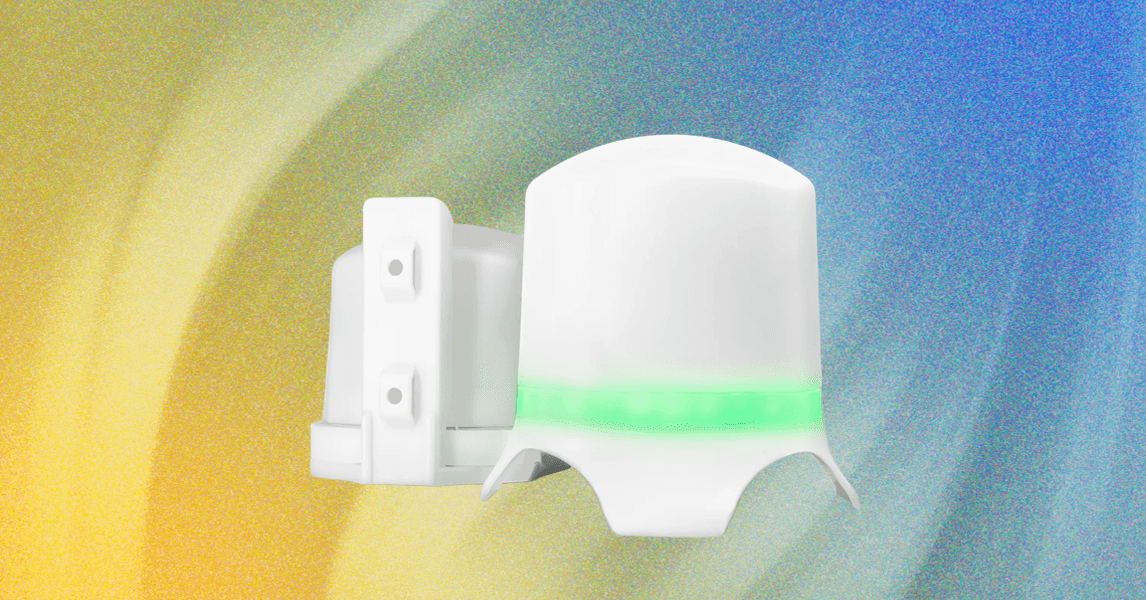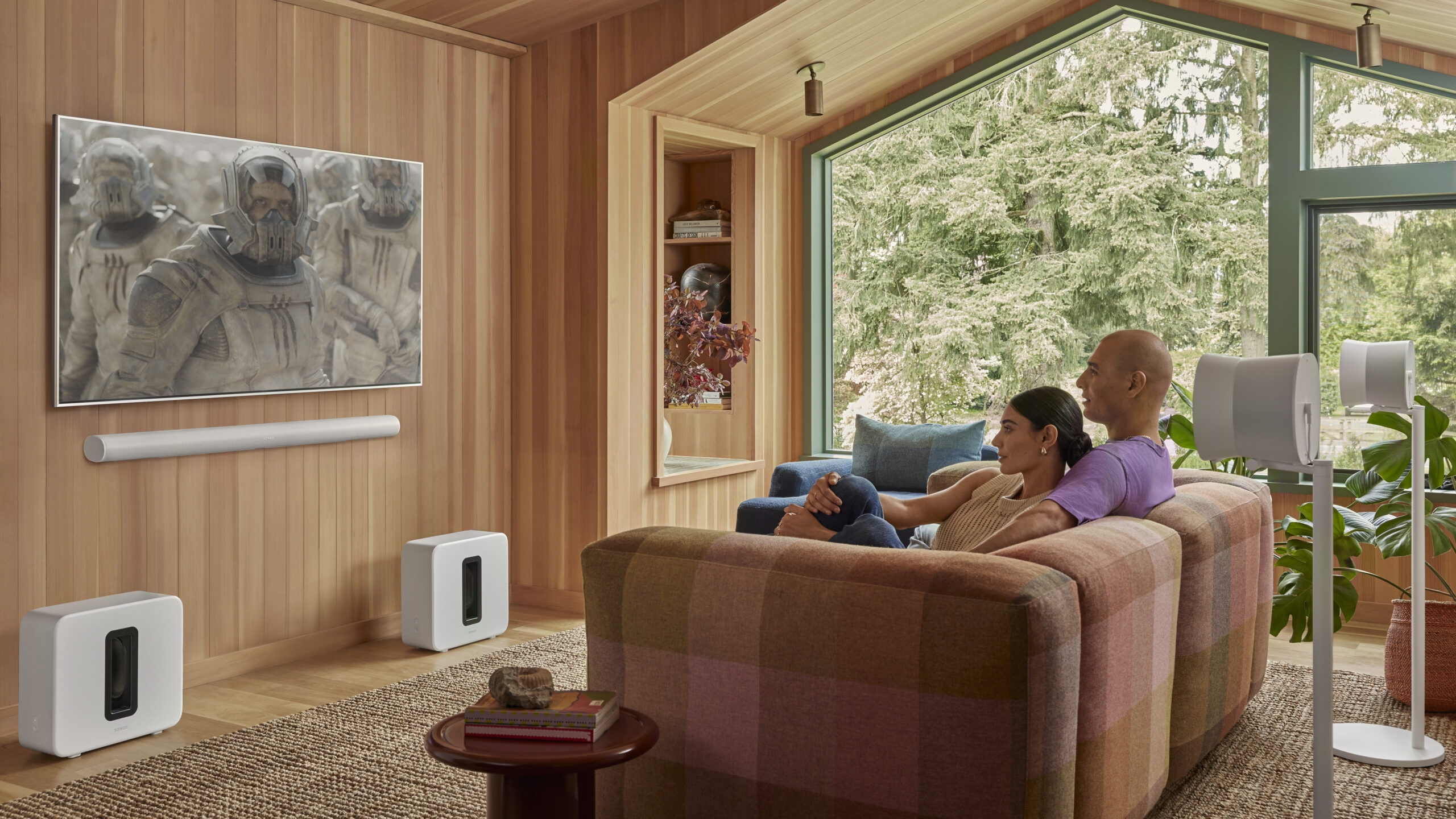Why You Need an Outdoor Air Quality Monitor (2025)

In a world increasingly conscious of environmental hazards, monitoring outdoor air quality has become essential for both governing bodies and individuals alike. Not so long ago, not many were actively keeping track of air quality — not the government, nor its citizens. Already embedded in our daily digital systems, weather applications now offer estimates of ambient air quality, supported by the United States government's AirNow website, which allows easy-to-use zip code inquiries alongside a comprehensive fire and smoke map.
Having your own air quality monitor at home yields significant health benefits. Each state in the United States maintains its own monitoring plan; however, federal, state, and local air monitors are not always sufficient, particularly in densely populated urban locales. This often results in spatial gaps that fail to accurately reflect the immediate air quality affecting your living space.
An outdoor air quality monitor serves a broader purpose than just informing you of smoke fumes within your household; it arms you with knowledge. The United States has been monitoring air quality less than a century, yet in prior times, unregulated air resulted in dire health consequences. Legal pushes, such as the Trump Administration’s endeavor to weaken air quality index standards and pull regulations on greenhouse gas emissions, can contribute to degenerated air conditions and unreliable data influxes. Now, much like face masks and air purifiers, outdoor monitors are critical tools for a cleaner environment.
Photograph: Lisa Wood Shapiro
PurpleAir Zen Monitoring
Back in January, my PurpleAir Zen outdoor air quality monitor began glowing bright red for a few days. The numbers soared above 100, sparking confusion since no air quality alerts were reported locally. On discussing with a friend, I realized a newly operational concrete recycling center nearby might be the source of prevailing air impurities.
Photograph: Lisa Wood Shapiro
Due to intense community protests, the city ultimately announced the closure of this recycling center. The air monitor data, feeding into the PurpleAir map, revealed a concentration spike in air pollutants proximal to the center. This served as a critical source of information until physical changes like the implementation of dust-mitigating irrigation took place. PM 2.5, an imperceptible yet dangerous form of particulate matter, poses substantial health risks and underscores the necessity for personal air quality monitoring systems.
Photograph: Lisa Wood Shapiro
IQAir Monitoring and Policy Amendments
In early 2024, the Biden Administration introduced rigorous standards for particulate matter within the National Ambient Air Quality Health Standards (NAAQS), solidifying safety thresholds in accordance with new scientific knowledge. Yet, these guidelines still remain less stringent than WHO advisories, indicating a persistent need for further enhancements in environmental safeguards.
This period also saw political contention regarding environmental regulations, notably the repeal efforts targeting greenhouse gas emission rules. As these discussions unfold, private air quality monitors offer a vital line of defense against deteriorating air safety.
A Community Initiative
Local air quality concerns previously prompted activists to rally for a relocated concrete recycling center, emphasizing community monitoring's significance. This put into perspective how air anomalies can have pronounced local effects, detectable only through micro-measurement systems available through monitors like PurpleAir.
Photograph: Lisa Wood Shapiro
Innovative solutions like AirGradient's outdoor monitor sync data to WHO standards, offering robust real-time insights into specific air quality metrics, from particulate matter to volatile organic compound levels. Surveillance on such a granular scale is vital, not just for individual awareness but collective community action against environmental threats.
Conclusion
While cities, such as New York, strive to monitor air conditions using extensive networks, the limited number of government sites underscores the gap filled by private air quality monitors. These devices provide additional precision to broader public emissions data, thus empowering neighborhoods to act on the invisible threats lingering in their midst.
Air quality monitoring is a developing frontier demanding active participation, not only for personal health but for the benefit of entire communities, advocating for clean air and comprehensive regulatory policies. In the expansive journey towards improved environmental health, air quality monitors represent a critical step forward.



